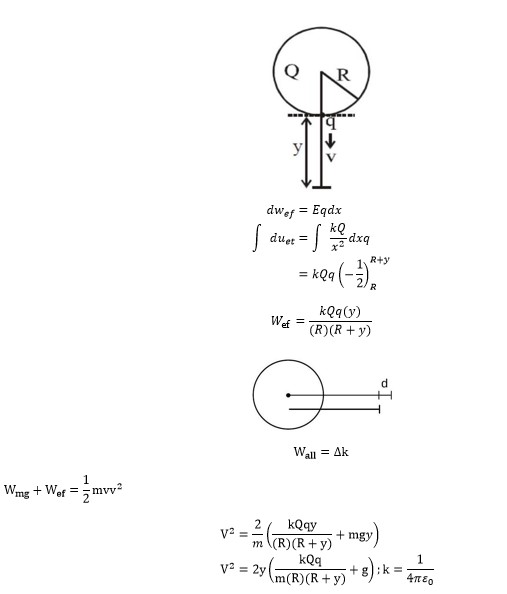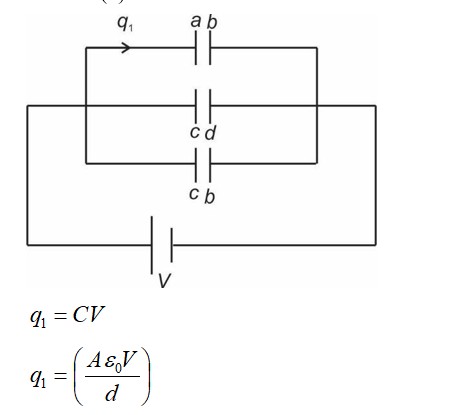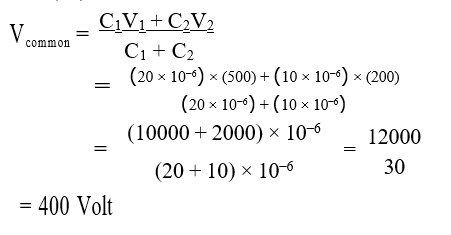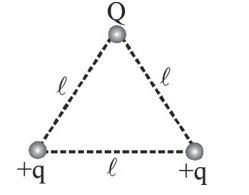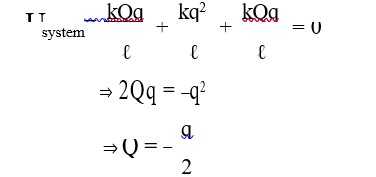A solid sphere of radius R carries a charge Q + q distributed uniformly over its volume. A very small point like piece of it of mass m gets detached from the bottom of the sphere and falls down vertically under gravity. This piece carries charge q. If it acquires a speed v when it has fallen through a vertical height h (see figure), then: (assume the remaining portion to be spherical)
A solid sphere of radius R carries a charge Q + q distributed uniformly over its volume. A very small point like piece of it of mass m gets detached from the bottom of the sphere and falls down vertically under gravity. This piece carries charge q. If it acquires a speed v when it has fallen through a vertical height h (see figure), then: (assume the remaining portion to be spherical)
Option 1 -
v² = y [qQ / (4πε₀R²ym) + g]
Option 2 -
v² = 2y [qQ / (4πε₀R(R+y)m) + g]
Option 3 -
v² = y [qQ / (4πε₀(R+y)m) + g]
Option 4 -
v² = 2y [QqR / (4πε₀(R+y)³m) + g]
-
1 Answer
-
Correct Option - 2
Detailed Solution:
Similar Questions for you
For force between q1 and q2 is maximum, q1 = q2
When positive charge moves from low potential to high potential region, work is done against electric field and potential energy increases.
Taking an Exam? Selecting a College?
Get authentic answers from experts, students and alumni that you won't find anywhere else
Sign Up on ShikshaOn Shiksha, get access to
- 65k Colleges
- 1.2k Exams
- 679k Reviews
- 1800k Answers
